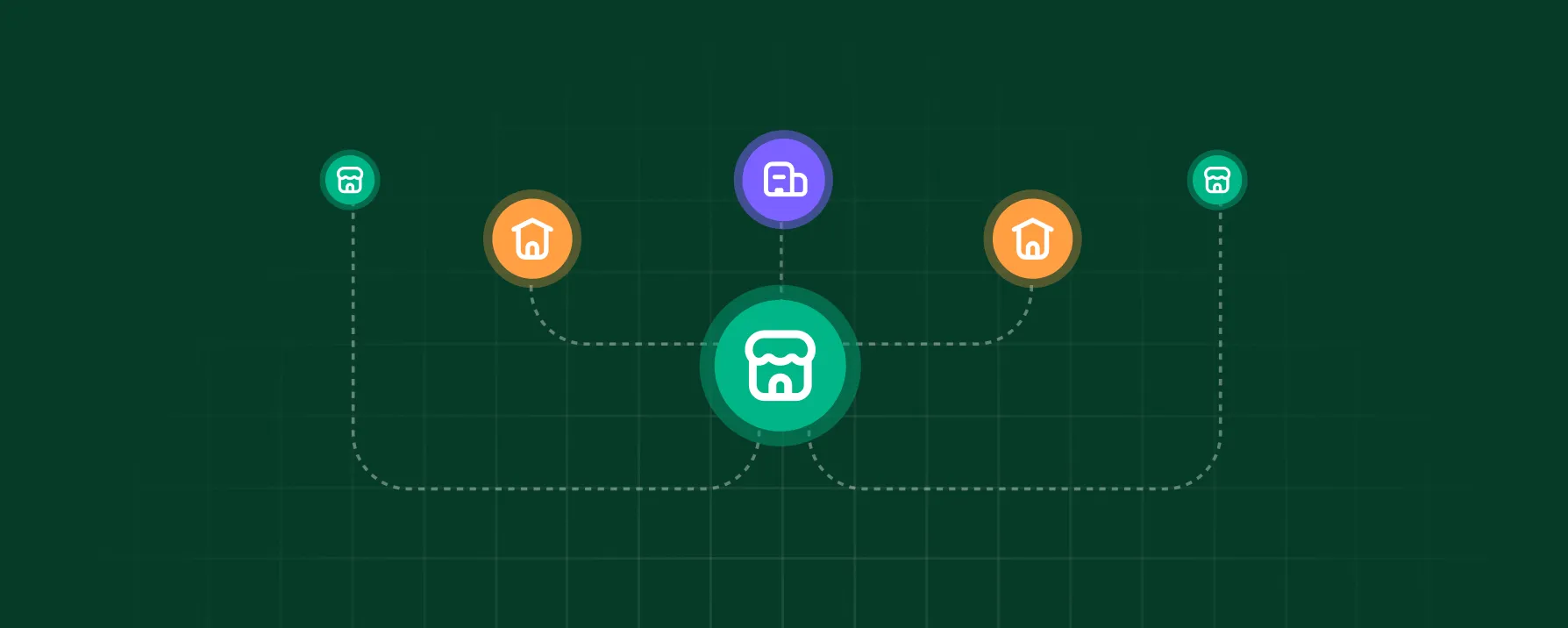The Right Place at the Right Time: Leveraging Analytics for Targeted Inventory Optimization


As retail and omnichannel ecosystems grow increasingly complex, with orders coming from anywhere at any time and fulfilled out of any number of network nodes, inventory optimization has become a top-of-mind concern for retail executives. Throw in tight margins and fragile consumer confidence, and it becomes even more critical.
Static rules—across allocation, fulfillment, restocking, and returns routing—are often a culprit of unoptimized inventory decisions. Add in a lack of cross-channel inventory visibility and retailers have a perfect recipe for high logistics costs plus both stockouts, resulting in missed sales opportunities, and overstocks that come with higher carrying costs.
But when AI is employed, retailers can make inventory decisions to reduce costs and waste, improve service levels and customer satisfaction, and boost profitability.
Now imagine what retailers could achieve when they target their inventory optimization efforts to align with their business goals. They can plan product launches with greater precision, refine their ability to meet customer demand, and turn every store into a top performer.
How AI Informs Inventory Decisions
Using data analytics for inventory management and optimization has been around for a while. What is new is applying the power of AI to unified inventory visibility to inform inventory decisions across channels, optimized for the complete picture of the retail ecosystem, actual demand, and the business’s priorities.
Unified inventory visibility is the first step. Only with unified, synchronized, and standardized data as the foundation can businesses begin to make informed decisions that weigh different variables and options across the retail ecosystem.
Take the example of an online order of multiple items that can be fulfilled fast from a local store, or take a few days longer if fulfilled from the warehouse. The right decision depends on the bigger picture. Maybe the local store has excess stock or low stock on those items, or maybe some of each. This would impact the decision. Is it better to create a split shipment, where one item in the order is fulfilled from the warehouse and the rest are fulfilled from the store, or to dip into low stock to fulfill the entire order from the local store?
The answer is going to be different depending on the retailer and the exact details of the situation. (How low is the store’s stock? When will it be replenished? Is in-store demand expected to increase, decrease, or remain steady? What would the shipping on one option cost versus the other? What is the customer’s expectation of delivery time?)
Every retailer is different. One might be laser-focused on avoiding stockouts. Another might know their customers greatly care about how fast they receive their purchases. These variables are why inventory optimization decisions must be targeted, not one-size-fits-all.
What Can Retailers Achieve with Targeted Inventory Optimization?
A retailer focused on the customer experience can prioritize speed-to-customer and availability of high-demand SKUs at key locations.
A retailer aiming to expand its omnichannel footprint can ensure inventory is flexible across stores, ecommerce, and micro-fulfillment centers.
A retailer looking to protect margins can set rules that favor fulfillment from lower-cost nodes, dynamic reallocation, or sell-through-based replenishment.
Such targeted inventory optimization can open up new opportunities across the business, such as:
Smarter Launch Planning: Retailers can use predictive insights to identify which stores or regions are best-suited for a product drop based on the historical performance of similar SKUs, consumer demand, and real-time inventory positioning.
Local Campaigns with Local Inventory: When planning a regional promotion, retailers can ensure the right SKUs are positioned near campaign markets to avoid stockouts and unnecessary transfers.
Dynamic Restocking During a Promotion: As a campaign unfolds and demand surges, Dropit analyzes velocity and can quickly reallocate stock to stores or channels that are overperforming.
Opportunities Beyond Dropit: Retailers can take their inventory data and use it beyond Dropit’s decision intelligence platform. As one example, marketing can better align with actual sales data, which can improve the ROI on ad spend instead of driving traffic to products that are out of stock or stuck in the wrong location.
Inventory Optimization Is a Moving Target. Dropit Helps You Hit It.
With Dropit, inventory optimization is no longer a static plan built at the start of each season. It’s a living, adaptive process, driven by analytics, aligned with business goals, and executed in real time across every channel.
With Dropit’s help, retailers can open up their black box of inventory decisions and reclaim control, reducing markdowns, increasing sell-through, and improving customer satisfaction.
To learn more about targeted inventory optimization with Dropit, reach out and schedule a demo today.










